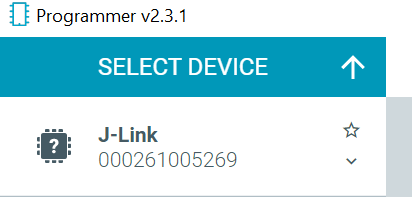I got an nRF52840 Dongle from someone else and started to see what I could do with it. The problem is, although I've downloaded everything needed including nRF Connect on Windows 10, the dongle doesn't show up in Device Manager, or in nRF Connect Programmer, Segger, or VS Code. When I plug it in, LD2 blinks blue at first and then switches to blinking red, while LD1 blinks green more slowly. Does this mean it's in bootloader mode?
I'm new to nRF devices and also J-Link somewhat, so I'm not completely sure my understanding of what to do is correct yet. Is there anything else I can do to get the USB interface working or do I need to re-flash the bootloader over SWD? If the latter, I don't currently have the male pin header for the P1 footprint on the bottom of the device, so would I be able to instead solder the SWDIO and SWDCLK to wires that connect to the proper pins on a J-Link, and use the USB interface for VCC and GND?
Finally, I saw in the bootloader documentation that nrfjprog or Segger can be used to re-program memory. So if I need to re-flash the bootloader, should I connect the device over USB and SWD as described above and use Segger or the following command to flash the .hex file? Is there anything I'm missing?
nrfjprog --reset --program application.hex --family NRF52 --sectoranduicrerase



